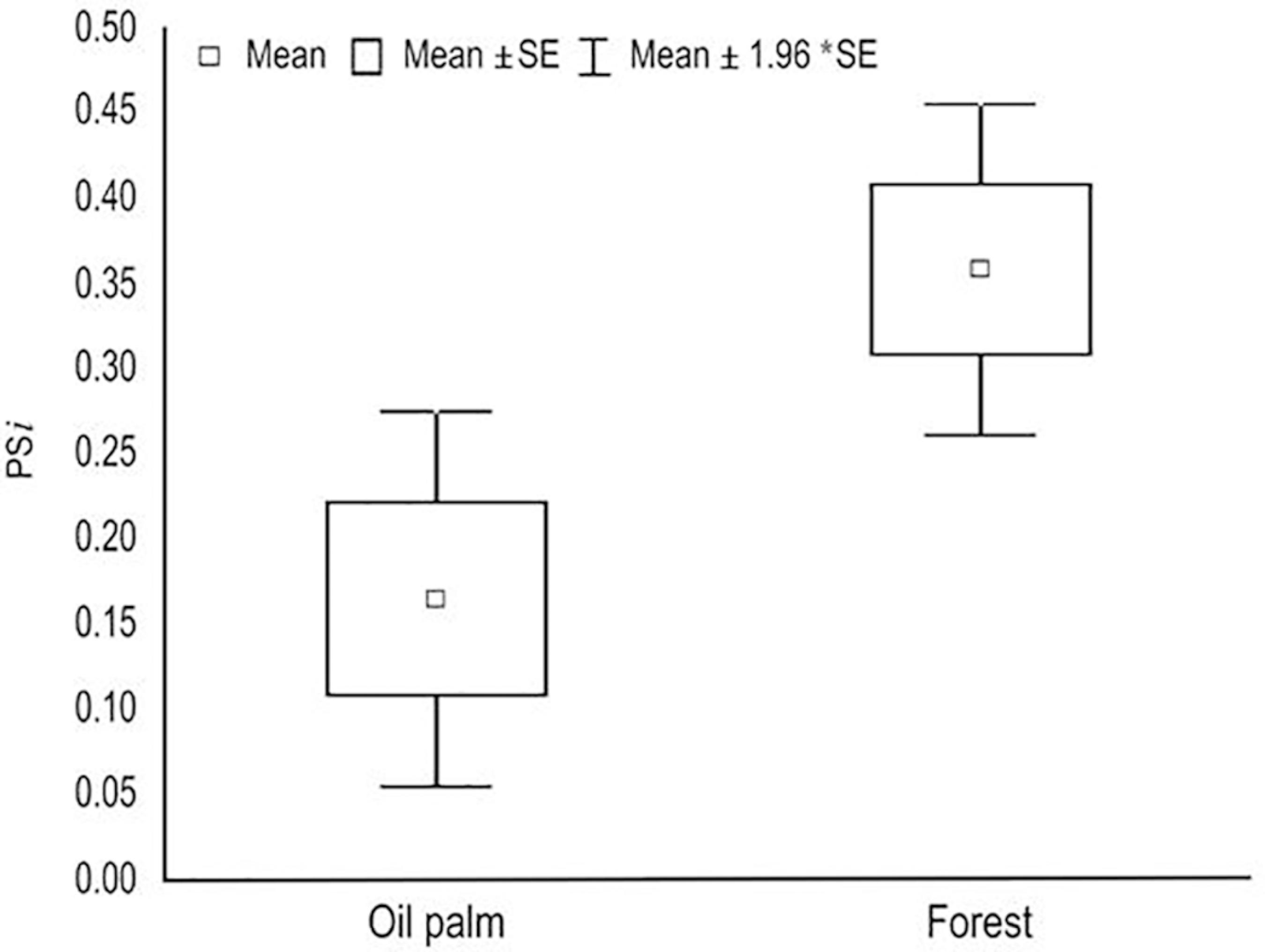Abstract:
In this study we described the diet of Hylaeamys megacephalus (G. Fisher, 1814) and investigated the degree of individual variation in the diet of this species among the Amazon Forest and the oil palm plantation. We analyzed the stomach contents of 36 individuals, of whom 11 were collected in the forest and 25 captured in the palm oil palm plantation. The H. megacephalus diet consisted of 18 food items, of which 12 were animal composition and eight were vegetable composition. The niche amplitude of the species was narrower in the forest area (Baforest = 0.013) compared to the palm tree plantation area (Bapalm = 0.478). This shows that individuals have greater niche overlap in forest areas, while in the plantation areas the animals expand their food niche. In addition, the values of the mean of the individual diet in relation to the diet of the entire population were lower in the palm oil palm plantation environment (ISpalm = 0.164) than in the Forest environment (ISforest = 0.357), indicating a high specialization in the palm oil plantation. These results indicate a population mechanism to reduce intraspecific competition in response to scarce resources.
Keywords:
Diet; food importance; individual specialization; niche amplitude; Rodentia


